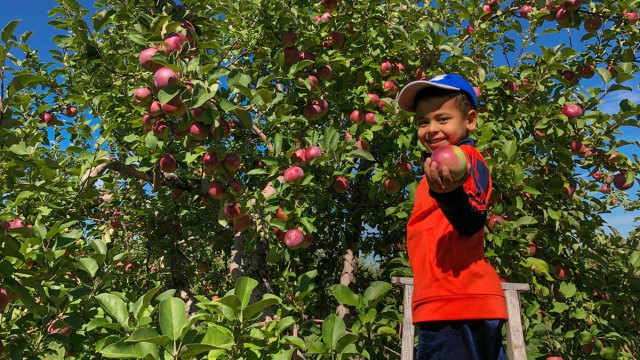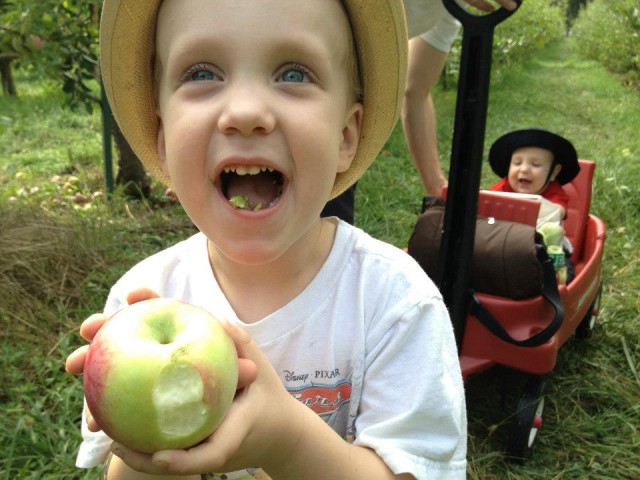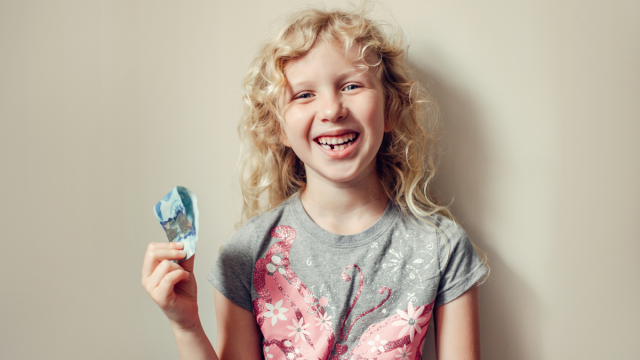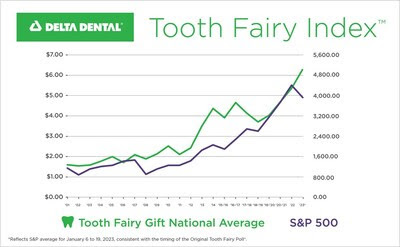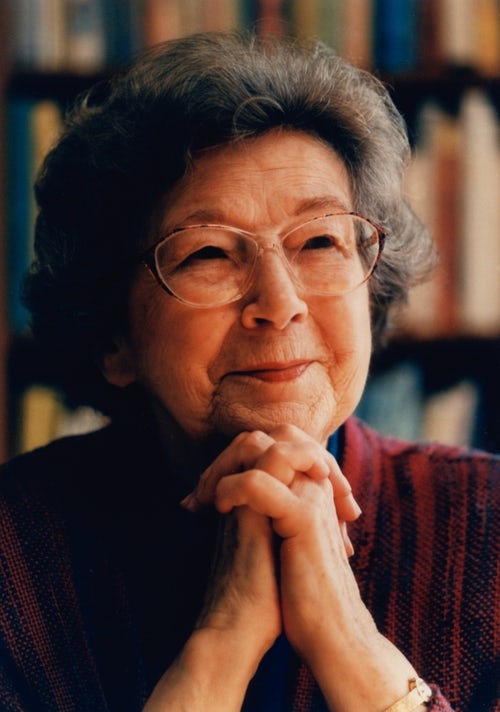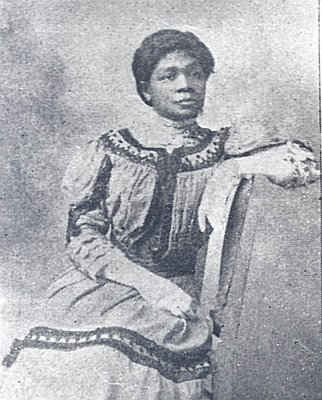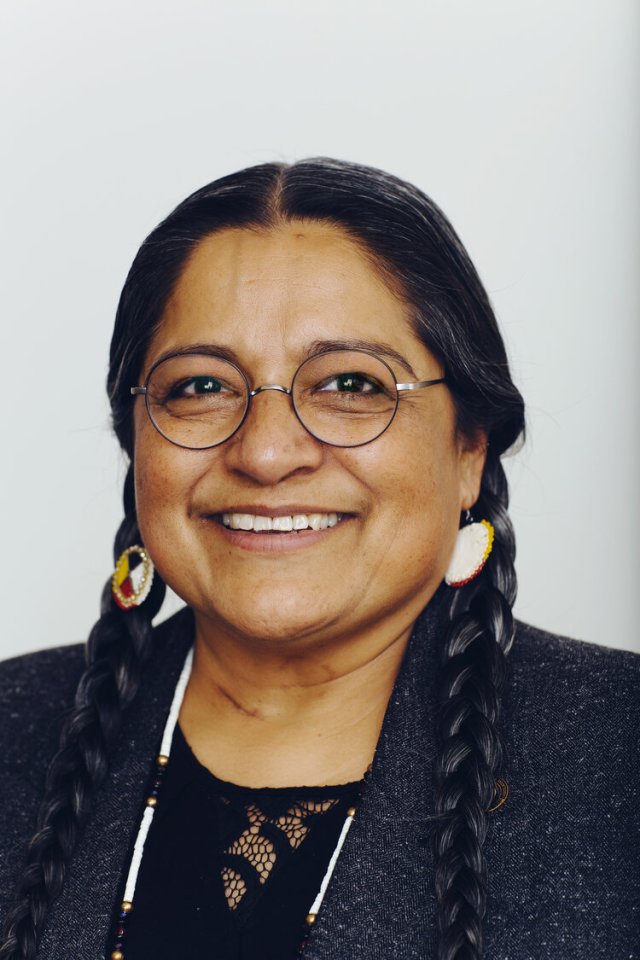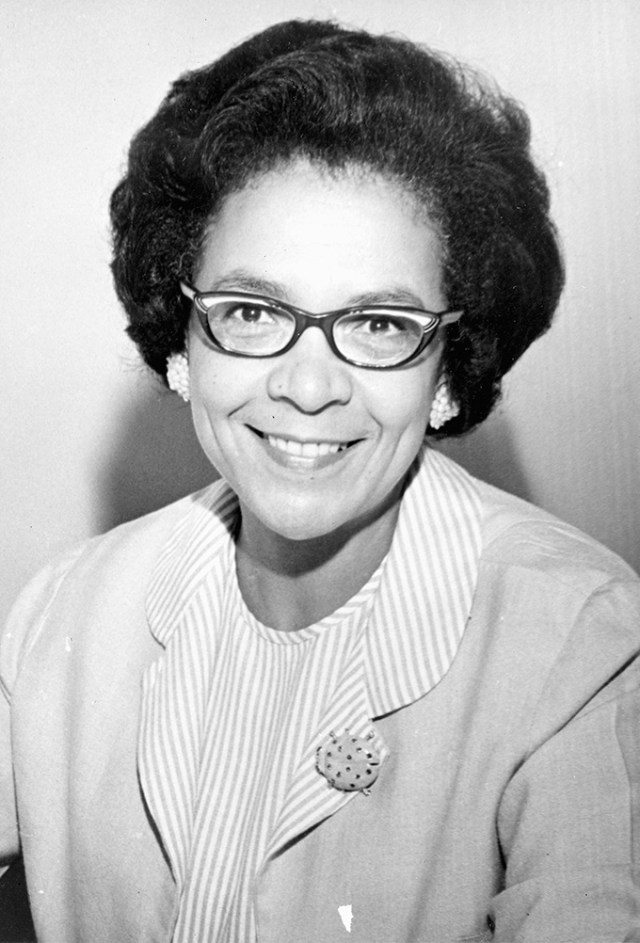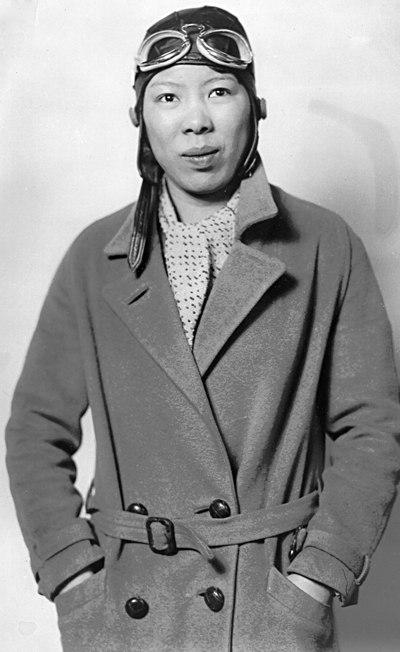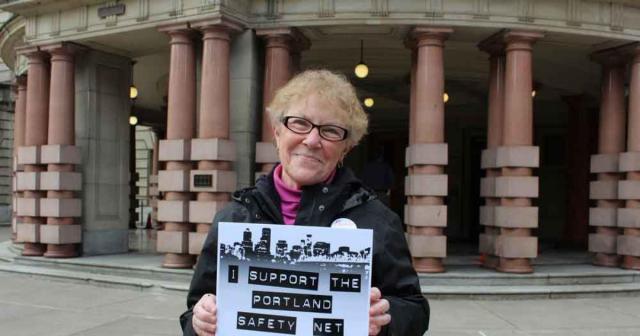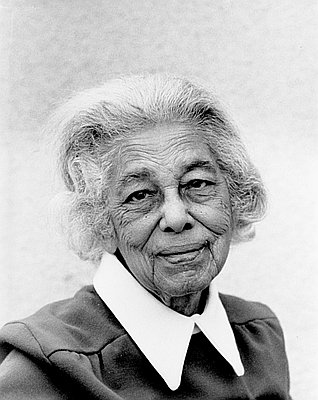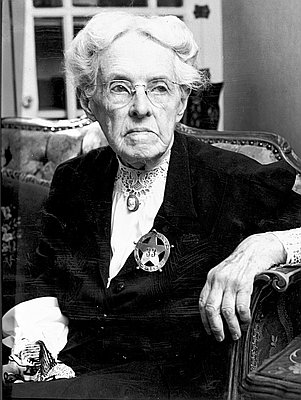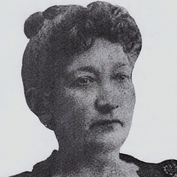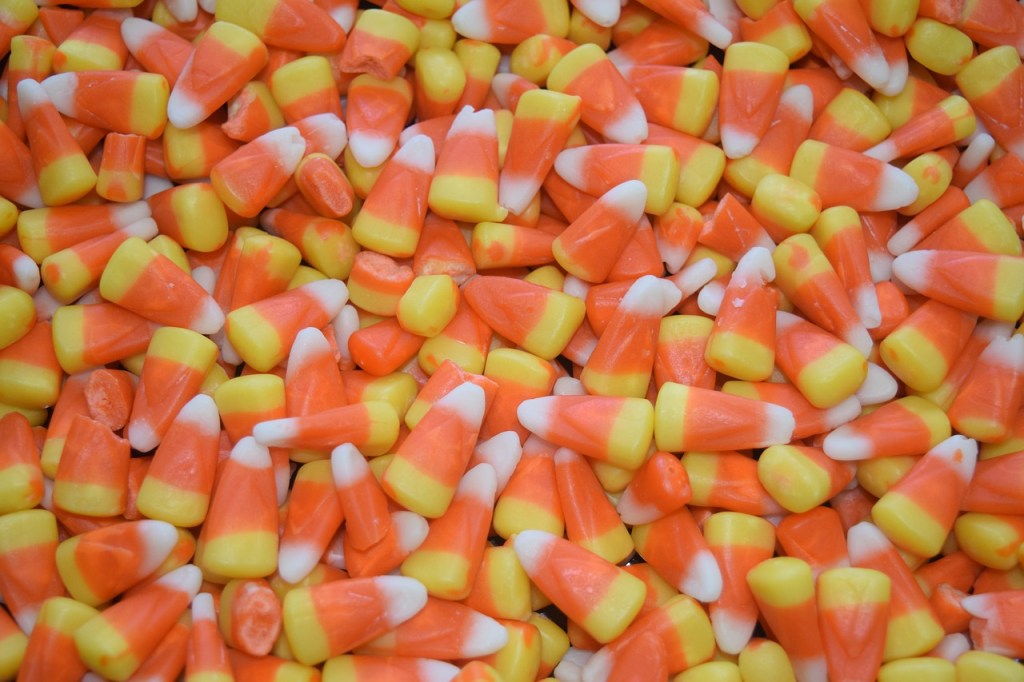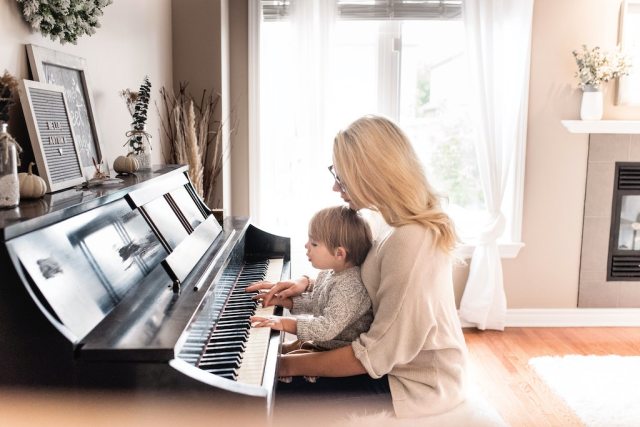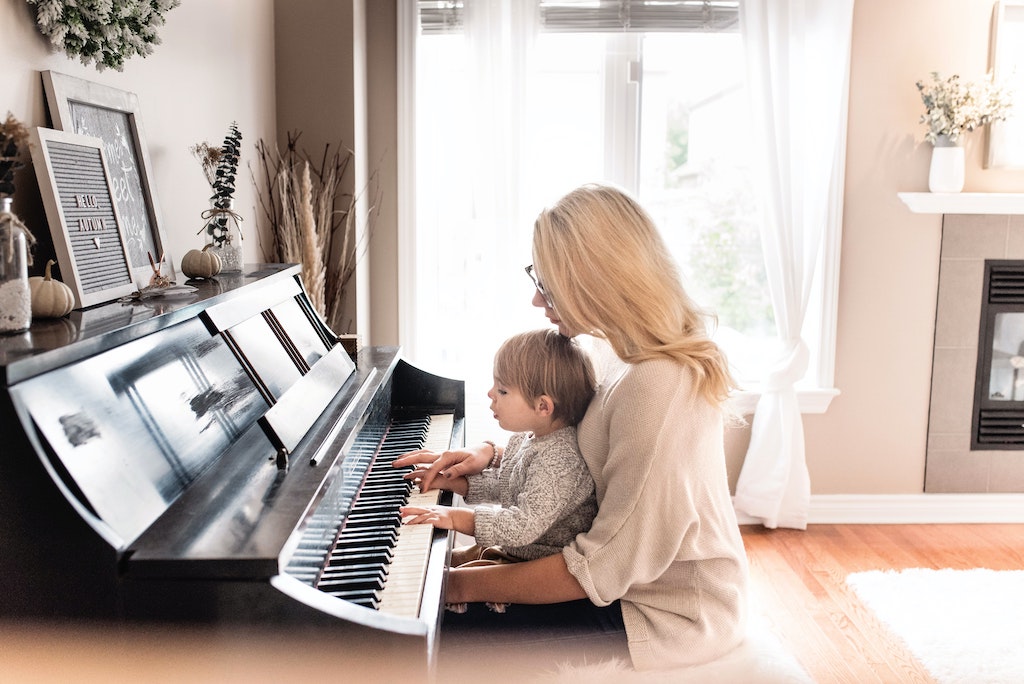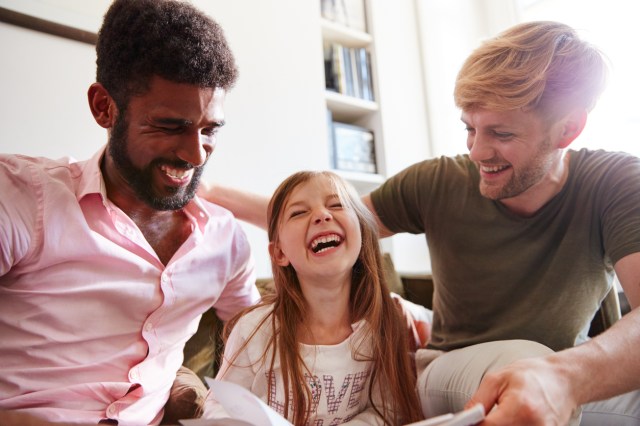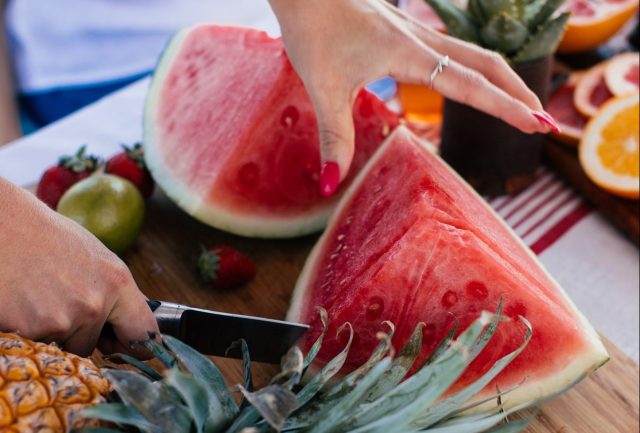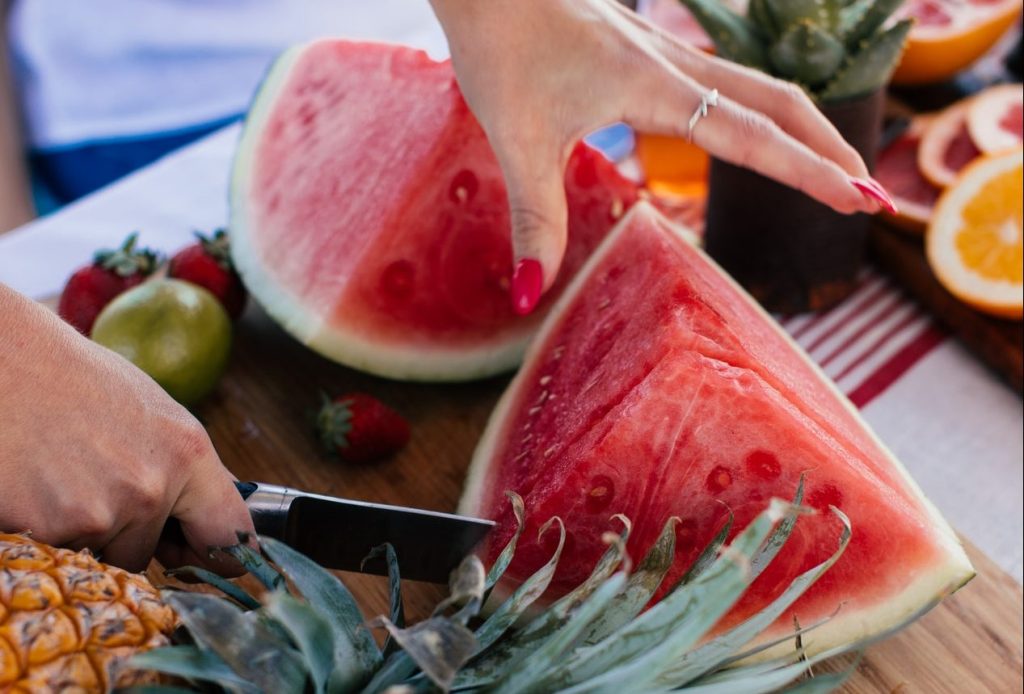These u-pick farms are the perfect way to welcome the fall season
Fall is around the corner, and aside from the beautiful colors and autumn hikes around San Francisco, it’s also apple season! Apple picking is one of our favorite fall activities, as the fruit is mostly within a kid’s reach and there are no thorns to deal with (looking at you, blackberries). Bring home a basket or two and make yourself a pie or homemade applesauce (snag yourself this apple peeler—you’ll thank us later).
Pro Tip: Check the orchard’s website before you head to these U-pick apple orchards in the Bay Area to confirm availability. Since most of them are a drive, you want to make sure they are open when you get there!
The Best Apple Picking in Sonoma County
EARTHseed Farm (formerly Gabriel Farm): If eating organic is important to your family, head to EARTHseed Farm located in Sebastopol, a town practically synonymous with the fruit. In addition to picking your own apples, you can schedule a tour of the certified organic orchard. Varieties include McIntosh, Gravenstein, Gala, Braeburn, Gilbert Golden Delicious, Fuji, and Rome. A $35 entrance fee covers your U-pick time slot for up to 4 people, and children under 3 are free. Since it gets pretty hot there, the farm has u-pick slots earlier in the day, and even installed cooling stations to make the visit even better. You can always head over to the store for juice, jams, and pears for sale.
3175 Sullivan Rd.
Sebastopol
Online: earthseedfarm.org
Related: Bay Area Spots for Epic Family Picnics
Apple-a-Day Ratzlaff Ranch: With a name like that, you know Ratzlaff Ranch is focused on apples! U-pick Rome Beauties and Golden Delicious are here for the picking. They are open daily from 9 a.m. to 4 p.m. (except Thursdays and Saturdays when they are closed) and there is no parking fee. No reservations are needed and you can stay as long as you want. Pack a lunch and sit at one of the picnic tables taking in the beautiful ranch. While you are there, don’t forget to pick up some of their award-winning apple cider, best chilled or warm? You decide. U-Pick is typically September through early December, depending on the availability of ripe apples, but exact dates may vary.
13128 Occidental Rd.
Sebastopol
Online: appleadayranch.com
Chileno Valley Ranch: Chileno Valley Ranch starts its U-pick season on Sept. 3, available Sun. only from 9 a.m. to 1 p.m. through Oct. Time slots are available every hour and admission is $10 per family if pre-booked online. Check the website and Facebook as spots fill up quickly. Apples are $2 per pound and you can expect to find varieties such as Orin, Pinova, Candy Crisp, and Jonagold. Beyond apple picking, you can also shop for free-range eggs, honey, and baked goods.
5105 Chileno Valley Rd.
Petaluma
Online: mikeandsallygalebeefranch.com
Related: Free (or Cheap) Things to Do with Kids in the Bay Area
Best Apple Picking in Watsonville
Gizdich Ranch: The U-pick apple season at Gizdich starts mid-Sept. (check their website for exact dates) and lasts about a month. Their pie and deli shop offers a boxed picnic meal, so stop by for lunch and then take one of their out-of-this-world pies, apple dumplings, or puff pastries home (is your mouth watering yet?). On hot days, the kids can enjoy a homemade apple slush. They are open from 9 a.m. to 5 p.m. daily during picking season. Bring your own containers.
55 Peckham Rd.
Watsonville
Online: gizdich-ranch.com
Live Earth Farm: This spot in Watsonville grows a small variety of apples including Gala and Fuji. Their U-pick apples (as well as strawberries and tomatoes) are available on the weekends only, with schedules posted on their website. The picking is a bargain at $1.50 per pound. Bring buckets, boxes, or other containers to harvest into, or purchase containers from them for a small fee.
1275 Green Valley Rd.
Watsonville
Online: liveearthfarm.net
Related: Al Fresco Family Time: SF Eateries with Outdoor Seating
Clearview Orchards: Located in the beautiful Santa Cruz Basin, Clearview Orchards offers a huge variety of certified organic apples, specializing in Gala, Fuji, Honey Crisp, and Mitsu. Pick some apples and enjoy their beautiful terraced grounds with a view of the Watsonville Valley. They also sell delicious local honey, and fresh-pressed apple cider, and the kiddos can even pick out their own pumpkins, just in time for fall. This year they will open Saturdays and Sundays starting Sept. 9, from 10 a.m. to 4 p.m. Advanced reservations are required with a $7 entry fee for each vehicle. Leave the pets at home, and no food or drinks (aside from water bottles) are allowed, so eat before you arrive and save some room for that delicious apple cider!
646 Trabing Rd.
Watsonville
Online: clearvieworchards.com
Luz del Valle Ranch: Starting right after Labor Day, Galas are the first to be picked, followed by Fujis in October. With two-hour time slots that families can book online, families can take their time picking apples on this beautiful farm. Pack a lunch and have a day at the farm. Luz del Valle is also a horse ranch, breeding beautiful Arabian horses that you’ll be able to see.
1875 Hames Rd
Aptos
Online: luzdelvalle.us
The Best Apple Picking: Apple Hill Region near Sacramento
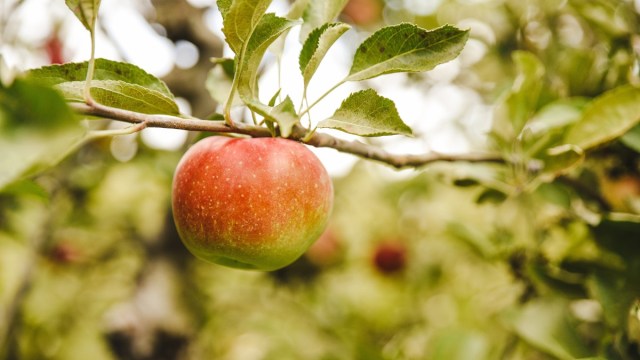
photo: Erika Fletcher via Unsplash
Apple Hill Region: For a bit of a longer trek, you’ll get no better apple selection than in the Apple Hill Region, about fifty miles east of Sacramento. With more than 50 ranches offering different apple varieties and activities, you are bound to find the perfect experience for the kids. The Apple Hill Growers Association lists orchard details including U-pick hours, picnic areas, local attractions, and more. The U-pick ranches tend to be very small and very popular, so it is a good idea to call the ranches themselves to make sure they have the apple variety you want and that the fruit is available.
A full list of farms can be found via the Apple Hill Growers Association.
Best Apple Picking in the East Bay
Cloverfield Organic Farm: The USDA-certified organic farm in the East Bay has a wide variety of fruit, vegetables, herbs, and flowers. U-pick is open Friday-Sunday from 12-5 p.m., and no reservations are needed, making this a great impromptu weekend trip. Parking is free, and there is no entrance fee. While you’re there, you can book a private tour or guided horse activity that the kids will definitely love.
501 La Paloma Rd.
El Sobrante
Online: cloverfieldfarm.com
SaveSave
